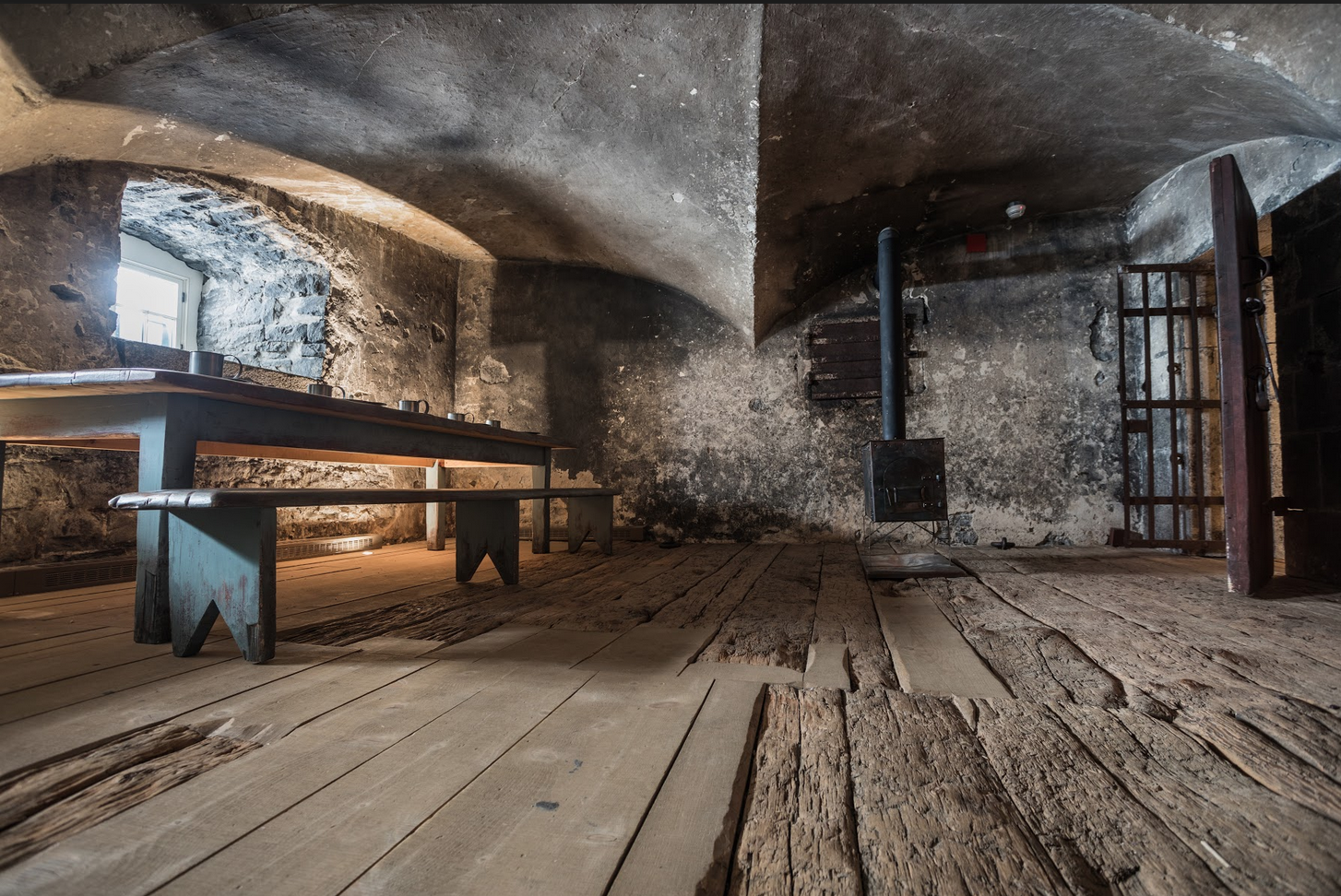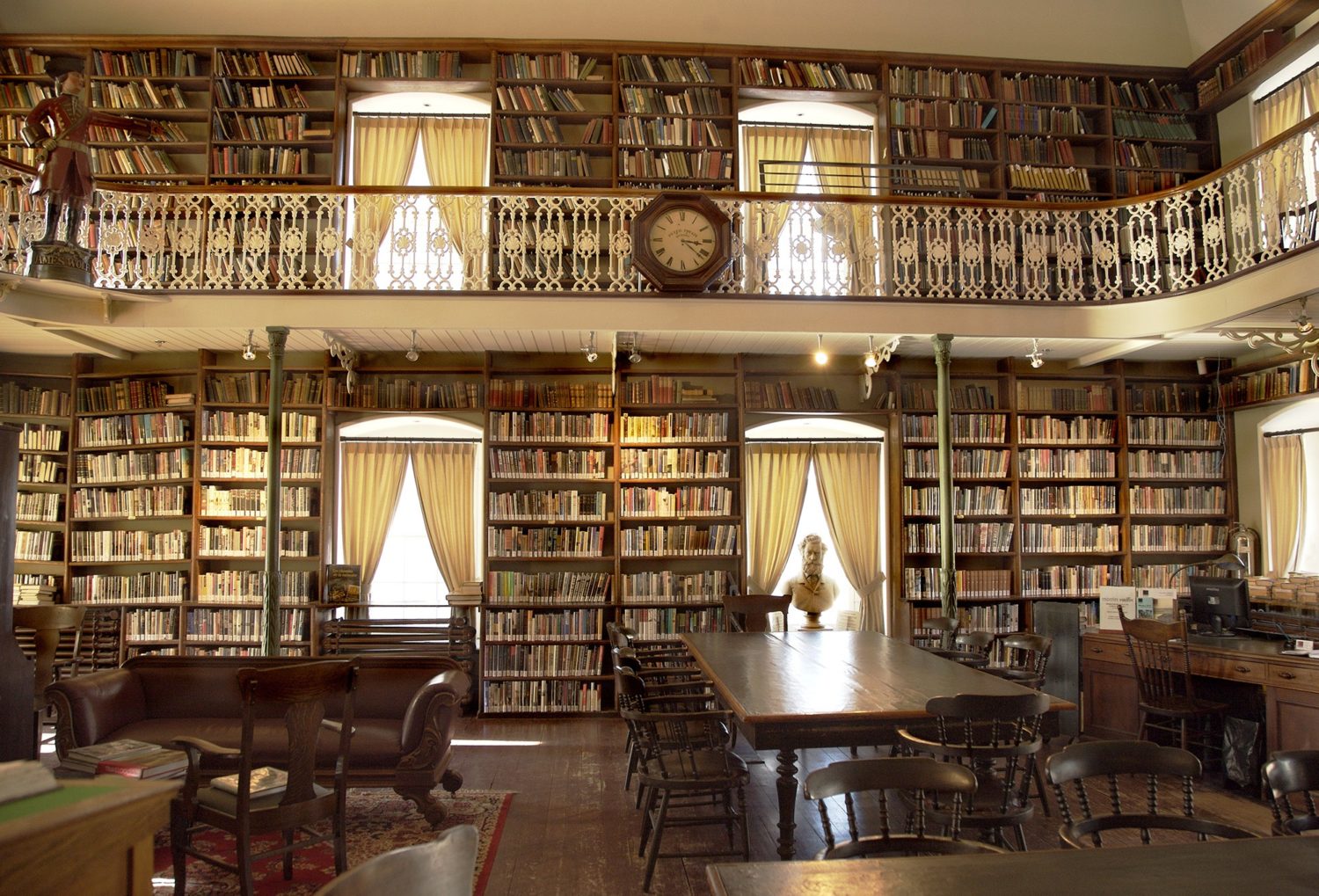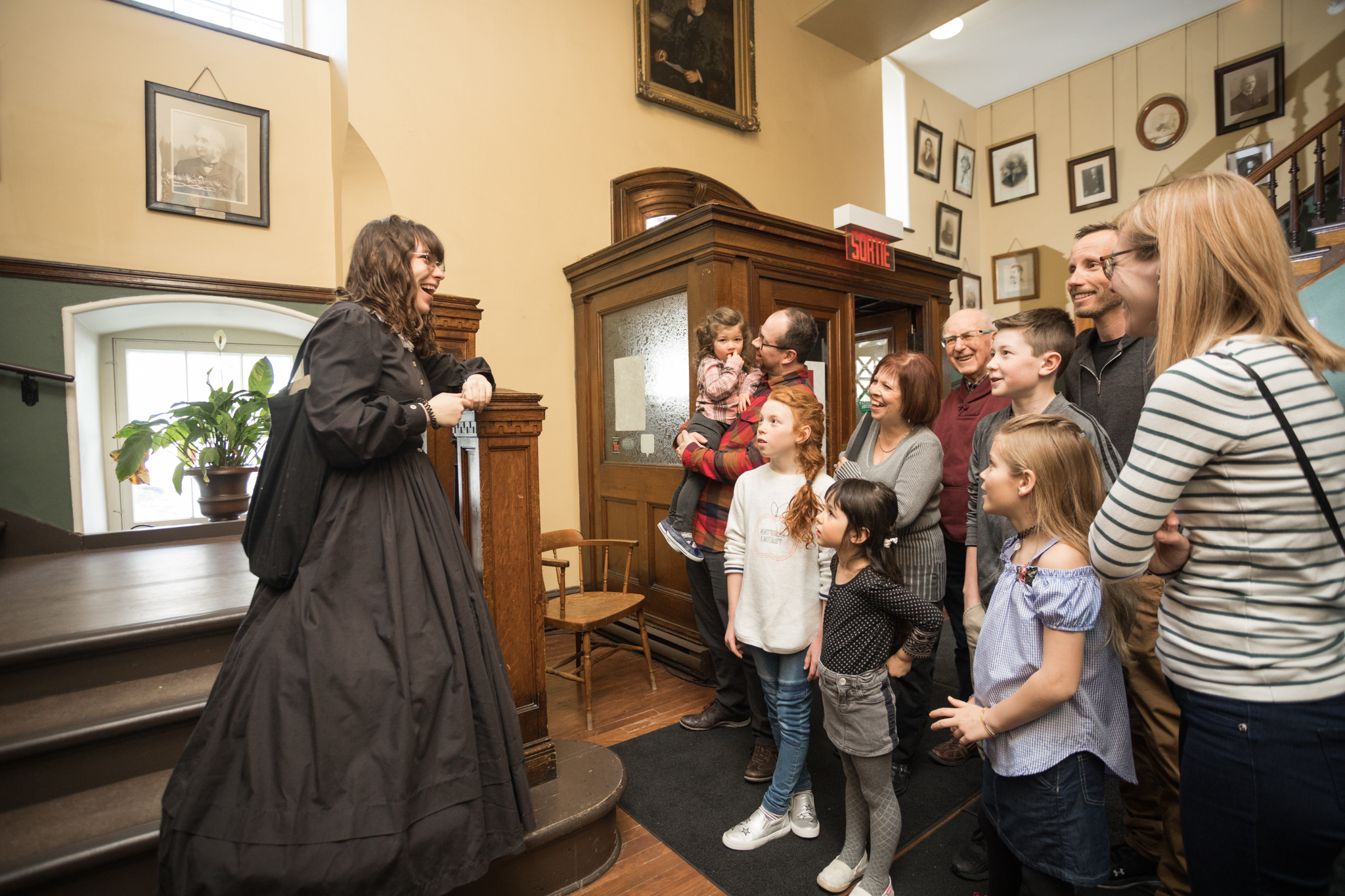Uncovering the Multifaceted History of Quebec City’s Morrin Centre
Today, the Morrin Centre is a distinguished English-language cultural centre and library in predominantly French-speaking Quebec City. Yet the history of the building itself connects a multeity of histories, spanning over two hundred years, under one Palladian roof.

Street view of the Morrin Centre found in the historic district of Old Quebec City. Photo: Dylan Page
Located on the traditional territories of the Innu and Huron-Wendat peoples, the Morrin Centre was constructed atop the foundations of the Royal Redoubt, an 18th century military barrack, prison, and army storehouse. In 1808 the Redoubt was demolished to make way for the building that would become the present-day Morrin Centre.
Designed by Quebec architect Francois Baillairgé, the building’s original use was as a prison, or common gaol (jail), housing its first prisoners in 1812. Baillairgé designed the gaol in a neoclassical Palladian style, emulating the optimism of a reformed prison system defined by structure. Unsuccessful, the gaol quickly fell into disorder due to overcrowding and lack of social resource. By 1867 the prison had closed.

Remnants from the buildings time as a Common Gaol (1812-1867). Photo: Dylan Page
The following year, the building took on a new life as a centre of education. In 1868, the building became home to Morrin College, the first English-speaking college in Quebec City. The college, founded in 1862 by Dr. Joseph Morrin and affiliated with McGill University, trained Presbyterian pastors and provided education in the Arts until lack of funds resulted in its closure around 1902.

The centre’s Victorian library has been active since 1868 and offers a diverse collection of literature, both new and old
Concurrently, in 1868, the building also became the permanent home of the Literary and Historical Society of Quebec (LHSQ). Established in 1824, the LHSQ is regarded as the oldest historical association in Canada and played an influential role in the establishment and development of such organizations as the National Archives of Canada and the Historic Sites and Monuments Board of Canada. The LHSQ continues to operate out of the building, now known as the Morrin Centre, and has turned its focus to promoting its library resources and English cultural activities, while simultaneously sharing the layered histories of the building itself.
“The Morrin Centre has lived many lives. From a prison, to a college, to a cultural centre. We aren’t just telling stories of the past; we’re connecting the past to the present. It’s something we try to highlight in everything we do.” -Barry McCullough, Executive Director of the Morrin Centre.
The Morrin Centre offers tours of their historic building every Friday through Sunday. Visitors are also able to access the Centre’s library resources Tuesday through Sunday. More information is available at https://www.morrin.org/.

Tour groups can encounter the centre’s history, from the prison-era cell blocks to the college chemistry lab. Photo: Dylan Page
The Morrin Centre is part of the Trust’s Passport Places program, a National Trust membership benefit that provides free access to 100 historic places in Canada, as well as 1000+ National Trust places abroad. Become a member today!
This article was written in consultation with the following sources:
- Blair, Louisa, et al. Iron Bars and Bookshelves: A History of the Morrin Centre. Montréal: Baraka Books, 2016.
- Carroll, Carman V. “Literary and Historical Society of Quebec.” The Canadian Encyclopedia, last modified March 4, 2015, https://www.thecanadianencyclopedia.ca/en/article/literary-and-historical-society-of-quebec.
- The Morrin Centre. “A Short History.” Morrin Cultural Centre, https://www.morrin.org/en/a-short-history/.

